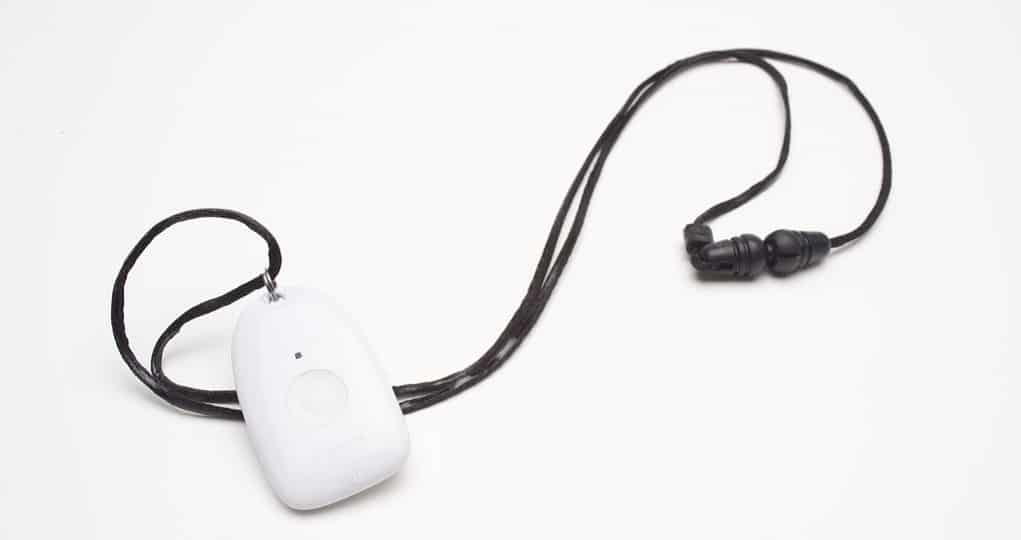Last Updated on September 4, 2020
The July 2014 issue of Consumer Reports on Health published a feature article on medical alert systems. The article provided a good summary of what medical alert systems are, how they are useful, mobile alert, plus a list of factors that the best medical alert systems have.
Readers can check out the Consumer Reports article here. For more tips and insights on choosing a good medical alert system and new technologies involved, check out our additional commentary below. There are links to detailed reviews and resources when you scroll down.
According to Consumer Reports, some of the features that the best medical alert systems have include:
The base station can be contacted from anywhere on your property — even in your yard or at your mailbox.
Most good home medical alert systems have a powerful range that is a radius of 300 feet and higher, and designed to work with most home environments. Range is defined as the longest distance between the SOS button and the base station for a signal sent to still activate an alarm to the monitoring call center. The actual working range will depend on the layout of the home, construction materials and interference factors. The range needs to be tested out when setting up a new system.
Note that if users are looking for “long range” solution so that the button works when users are out of the home eg. shopping, they will need a mobile medical alert, possibly with GPS. A home medical alert system is designed for home use, and if the user is pressing the button from out of the home, they will not be able to establish a two-way conversation with the monitoring center operator. If the operator cannot hear the user after an alarm has been activated, the standard protocol is to send help to the user’s home.
The company has its own monitoring center, in the U.S., and employs its own trained emergency operators (rather than contracting that function out).
Medical alert companies running their own monitoring call centers have quicker access to call records and more direct impact on making sure that calls are answered in the best way possible. Customers can be assured of the fact that they are calling a call center that specializes in handling medical alert emergency calls, rather a more generalized call center.
For customers selecting which company to go with, an in-house call center signals a bigger investment by medical alert company to serve their customers in a quality manner. It’s expensive to run a medical alert call center. Companies that have the resources and motivation to do it demonstrate a high level of commitment to the industry and their customers. According to Consumer Reports, examples of companies having their own in-house call center include Life Alert and LifeStation.
It offers a choice of a wristband and/or neck pendant. Cords worn around the neck can pose a strangulation risk; wristbands may irritate those with skin ailments.
Fortunately, most systems do include a choice for either types of buttons. Although the strangulation risk is very small, it is an especially important point to be aware for senior users who may be using bed guard rails, walkers, wheelchairs and other objects that could get in the way of the button necklace cord.
In 2009, the FDA issued a warning that Lifeline cords could potentially be a choking hazard, as they were not designed to break away when tugged. The company has since changed their emergency button cords to be breakable, although they did voice the concern that breakable cords can cause the button to fall off; and hence prevent the user from using their button alarm when emergencies occur. Apparently, everything has their pros and cons – what’s important is to understand the risks and rewards for you or your parent’s situation, and make a sound decision.
Resources
The Consumer Reports article included highlights of various top medical alert companies. Here are links to more in-depth reviews for the various medical alert companies mentioned:
Life Alert
LifeStation
Mobile Help
Philips Lifeline
Medical Alert (Connect America)
Comparison Chart
Fall Alert Button Note: LifeStation does offer an automatic fall alert button, even though the article reported otherwise.
If anything mentioned in the Consumer Report on new medical alert technologies piques your interest, you can find additional in-depth reporting on this site:
Automatic Fall Alert
Cellular Medical Alert That Do Not Need Phone Lines
Mobile Medical Alert Systems
Mobile Medical Alert Systems With GPS Reviews
- Bay Alarm Medical In-Home Cellular Response Speed 46% Faster in 2023 - July 5, 2023
- Medical Alert Systems For Landlines - November 20, 2022
- The Truth About Long-Range Medical Alert Systems - May 1, 2022
In a hurry? Leave us your email, we’ll follow-up with the best tips.


